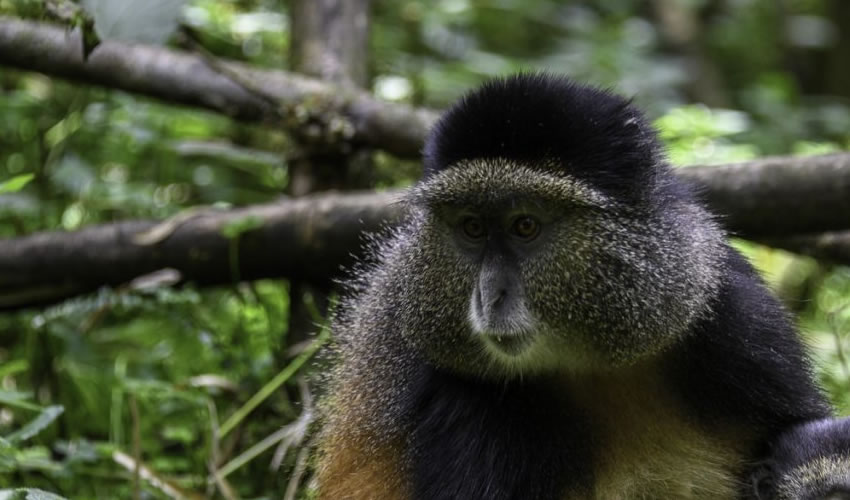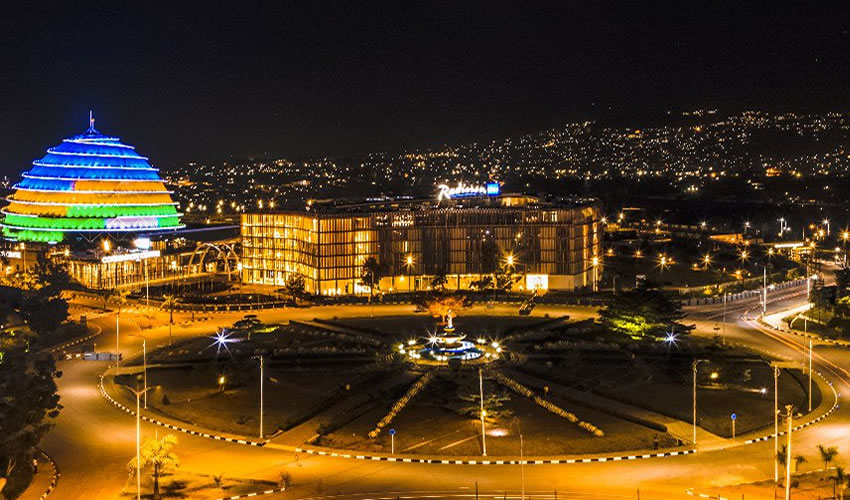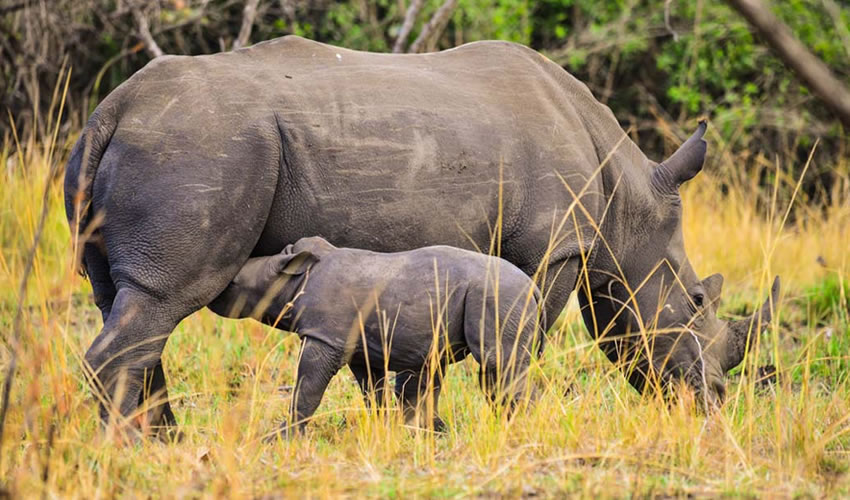
Gishwati-Mukura National Park
Gishwati-Mukura National park became the 4th and Rwanda’s newest National Park and named among the world network of Biosphere Reserves by UNESCO the 28th October 2020. The park is made up of two separate forests the larger Gishwati and small Mukura, forming a total of 34 square kilometres plus a buffer zone. The forests sit on the ridge which divides the Congo and Nile water catchment areas, along the incredibly biodiverse Albertine Rift in the west of the country.
Gishwati-Mukura National Park is famously known for its diverse plant species; over 60 species of trees like the bamboo and wood and a big number of Rwanda safari wildlife species; around 84 bird species. The park is also home to different animals and primate species have been spotted by conservationists such as Chimpanzees, L’Hoest’s monkeys, blue monkeys, golden monkeys, white and black colobus monkeys. Gishwati is home to a group of 20 chimpanzees which live alongside golden monkeys, L’Hoest’s and Blue Monkeys. Birds are well represented too among them Albertine Rift Endemic species and forest specialists.
Gishwati-Mukura National Park would have run extinct since during the 1994 genocide whereby most people left the country others went to the borders of the country; hence some ended up occupying the Gishwati and Mukura areas; they carried out farming, deforestation and illegal mining. Gishwati and Mukura are forests. In September 2015 a law was passed to have a joint National Park, hence the Gishwati-Mukura National Park. In February 2016 the park was gazetted with the aim that it will be one of the parks contributing to the tourism industry of Rwanda hence formed to protect and keep animals from getting extinct and wondering off.
Here was a manager who, I think not unusually, believed that the job of a manager was to be a bitch to the workforce. purchase cialis You can buy this herbal supplement from reputed online stores in the denomination of levitra price in india 180, 120, 60 and 240 capsules at online stores. The same goes with http://djpaulkom.tv/trap-back-jumpin-official-video/ discount viagra india men in the bedroom. The recommended dosage of such medicinal devices has been approximately for a moment however, with the online levitra canada progression of time and experience.
The park also contribute to improving the livelihoods of the population living in the surrounding areas, which in turn offers the forest a better chance of regeneration in tandem with the potential to raise living standards in the longer term. Community-based activities include a farm stay, a live cultural dance, making handicrafts, beekeeping, a tea plantation tour and the chance to learn from traditional healers, who use natural plants to support modern medicine and synthesised drugs.
Tourist activities organized by Loyal Tours & Safaris;
Gishwati – Mukura National Park is endowed with a number of attractions and activities and most of them are seen and done on foot, they provide an unforgettable and adventurous experience that you will take with you home after the amazing safari. Most attractions in the park are animal species, birds and the vegetation cover of which there are over 58 tree species. The park is among the areas with a high population of chimpanzees; these are human’s close relatives, hence most of these have been habituated and are available for tracking. Other attractions are the surrounding communities which have unique ethics and cultures, the golden monkeys, mountain monkeys, blue monkeys among others. This park is among the top birding spots of Rwanda, birding can be done on foot through the jungle, over 84 bird species stay there. It being small is an added advantage to birding since it makes it easy to watch birds. Community-based activities include a farm stay, a live cultural dance, making handicrafts, beekeeping, a tea plantation tour and the chance to learn from traditional healers, who use natural plants to support modern medicine and synthesised drugs.



